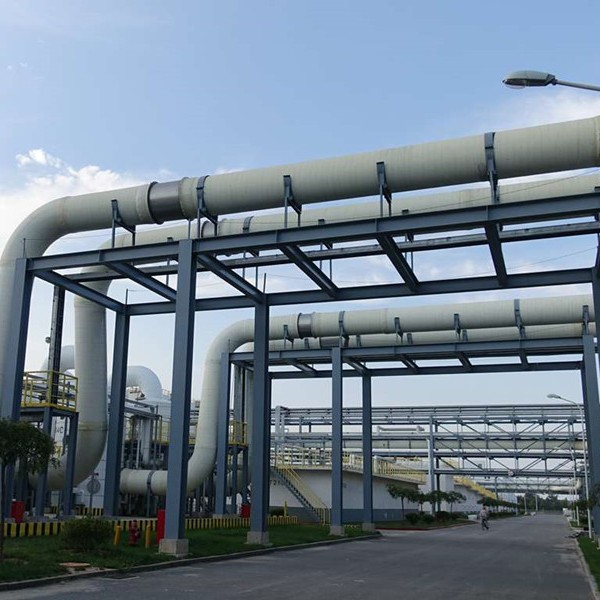
-
 Afrikaans
Afrikaans -
 Albanian
Albanian -
 Amharic
Amharic -
 Arabic
Arabic -
 Armenian
Armenian -
 Azerbaijani
Azerbaijani -
 Basque
Basque -
 Belarusian
Belarusian -
 Bengali
Bengali -
 Bosnian
Bosnian -
 Bulgarian
Bulgarian -
 Catalan
Catalan -
 Cebuano
Cebuano -
 China
China -
 China (Taiwan)
China (Taiwan) -
 Corsican
Corsican -
 Croatian
Croatian -
 Czech
Czech -
 Danish
Danish -
 Dutch
Dutch -
 English
English -
 Esperanto
Esperanto -
 Estonian
Estonian -
 Finnish
Finnish -
 French
French -
 Frisian
Frisian -
 Galician
Galician -
 Georgian
Georgian -
 German
German -
 Greek
Greek -
 Gujarati
Gujarati -
 Haitian Creole
Haitian Creole -
 hausa
hausa -
 hawaiian
hawaiian -
 Hebrew
Hebrew -
 Hindi
Hindi -
 Miao
Miao -
 Hungarian
Hungarian -
 Icelandic
Icelandic -
 igbo
igbo -
 Indonesian
Indonesian -
 irish
irish -
 Italian
Italian -
 Japanese
Japanese -
 Javanese
Javanese -
 Kannada
Kannada -
 kazakh
kazakh -
 Khmer
Khmer -
 Rwandese
Rwandese -
 Korean
Korean -
 Kurdish
Kurdish -
 Kyrgyz
Kyrgyz -
 Lao
Lao -
 Latin
Latin -
 Latvian
Latvian -
 Lithuanian
Lithuanian -
 Luxembourgish
Luxembourgish -
 Macedonian
Macedonian -
 Malgashi
Malgashi -
 Malay
Malay -
 Malayalam
Malayalam -
 Maltese
Maltese -
 Maori
Maori -
 Marathi
Marathi -
 Mongolian
Mongolian -
 Myanmar
Myanmar -
 Nepali
Nepali -
 Norwegian
Norwegian -
 Norwegian
Norwegian -
 Occitan
Occitan -
 Pashto
Pashto -
 Persian
Persian -
 Polish
Polish -
 Portuguese
Portuguese -
 Punjabi
Punjabi -
 Romanian
Romanian -
 Russian
Russian -
 Samoan
Samoan -
 Scottish Gaelic
Scottish Gaelic -
 Serbian
Serbian -
 Sesotho
Sesotho -
 Shona
Shona -
 Sindhi
Sindhi -
 Sinhala
Sinhala -
 Slovak
Slovak -
 Slovenian
Slovenian -
 Somali
Somali -
 Spanish
Spanish -
 Sundanese
Sundanese -
 Swahili
Swahili -
 Swedish
Swedish -
 Tagalog
Tagalog -
 Tajik
Tajik -
 Tamil
Tamil -
 Tatar
Tatar -
 Telugu
Telugu -
 Thai
Thai -
 Turkish
Turkish -
 Turkmen
Turkmen -
 Ukrainian
Ukrainian -
 Urdu
Urdu -
 Uighur
Uighur -
 Uzbek
Uzbek -
 Vietnamese
Vietnamese -
 Welsh
Welsh -
 Bantu
Bantu -
 Yiddish
Yiddish -
 Yoruba
Yoruba -
 Zulu
Zulu
Exploring GRP Pipe Fittings for Efficient Plumbing Solutions and Applications
Understanding GRP Pipe Fittings A Comprehensive Overview
In the realm of modern infrastructure, the demand for durable and efficient piping systems has led to the increasing popularity of Glass Reinforced Plastic (GRP) pipe fittings. GRP, also known as Fiber Reinforced Polymer (FRP), combines the strength of glass fibers with the lightweight and corrosion-resistant properties of plastics, making it an ideal choice for various applications in industries such as construction, sewage systems, and water supply.
What are GRP Pipe Fittings? GRP pipe fittings are components used to connect, redirect, or regulate the flow of fluids in a piping system made from GRP. These fittings include a variety of shapes and sizes, such as elbows, tees, reducers, and flanges, designed to accommodate specific plumbing needs. The lightweight nature of GRP makes installation easier and reduces the overall weight of the piping system, which is particularly advantageous in construction projects where load-bearing capacities are critical.
Advantages of GRP Pipe Fittings 1. Corrosion Resistance One of the most notable benefits of GRP pipe fittings is their exceptional resistance to corrosion. Unlike traditional materials such as metal, which can rust and degrade over time, GRP material withstands various corrosive substances, making it an ideal choice for applications involving chemicals, wastewater, and harsh environmental conditions.
2. Lightweight GRP fittings are significantly lighter than metal alternatives, which not only simplifies transportation but also reduces the strain on supporting structures. This lightweight characteristic can lead to lower installation costs and quicker assembly times.
3. Durability GRP materials are designed to withstand high pressures and temperatures, providing long-term reliability in various applications. Their structural integrity minimizes the risk of leaks and failures, ensuring consistent performance over time.
Understanding GRP Pipe Fittings A Comprehensive Overview
5. Cost-Effectiveness While the initial investment in GRP pipe fittings may be comparable to other materials, the long-term savings due to reduced maintenance and replacement costs make them a cost-effective solution. Their durability and resistance to corrosion can lead to lower operational costs over the lifetime of the infrastructure.
grp pipe fittings

Applications of GRP Pipe Fittings GRP pipe fittings are utilized in a wide range of applications. In the construction industry, they are often used for drainage systems, water supply lines, and even in cooling towers. Additionally, their ability to resist harsh chemical environments makes them suitable for industries like petrochemical, food processing, and pharmaceuticals.
In municipal applications, GRP is favored for handling wastewater and stormwater as it meets stringent environmental regulations and ensures efficient fluid management without the need for frequent repairs or replacements.
Best Practices for Installation and Maintenance To maximize the benefits of GRP pipe fittings, proper installation and maintenance practices should be followed. Here are some best practices
- Follow Manufacturer Guidelines Always adhere to installation guidelines provided by the manufacturer to ensure optimal performance and warranty compliance.
- Use Compatible Materials When connecting GRP fittings with other materials, ensure compatibility to avoid issues such as galvanic corrosion or joint failure.
- Regular Inspections Schedule regular inspections to monitor the condition of the pipes and fittings, ensuring that any necessary maintenance is performed promptly.
- Avoid Over-Heating During installation or in operation, be cautious not to exceed the recommended temperature limits, as excessive heat can compromise the integrity of the GRP.
Conclusion In summary, GRP pipe fittings offer numerous advantages that make them an attractive choice for engineers and contractors across various industries. Their lightweight, durable, and corrosion-resistant properties ensure efficient and reliable performance in fluid management systems. By understanding and utilizing GRP fittings effectively, industry professionals can contribute to the construction of resilient and sustainable infrastructure that meets the demands of today’s society.









